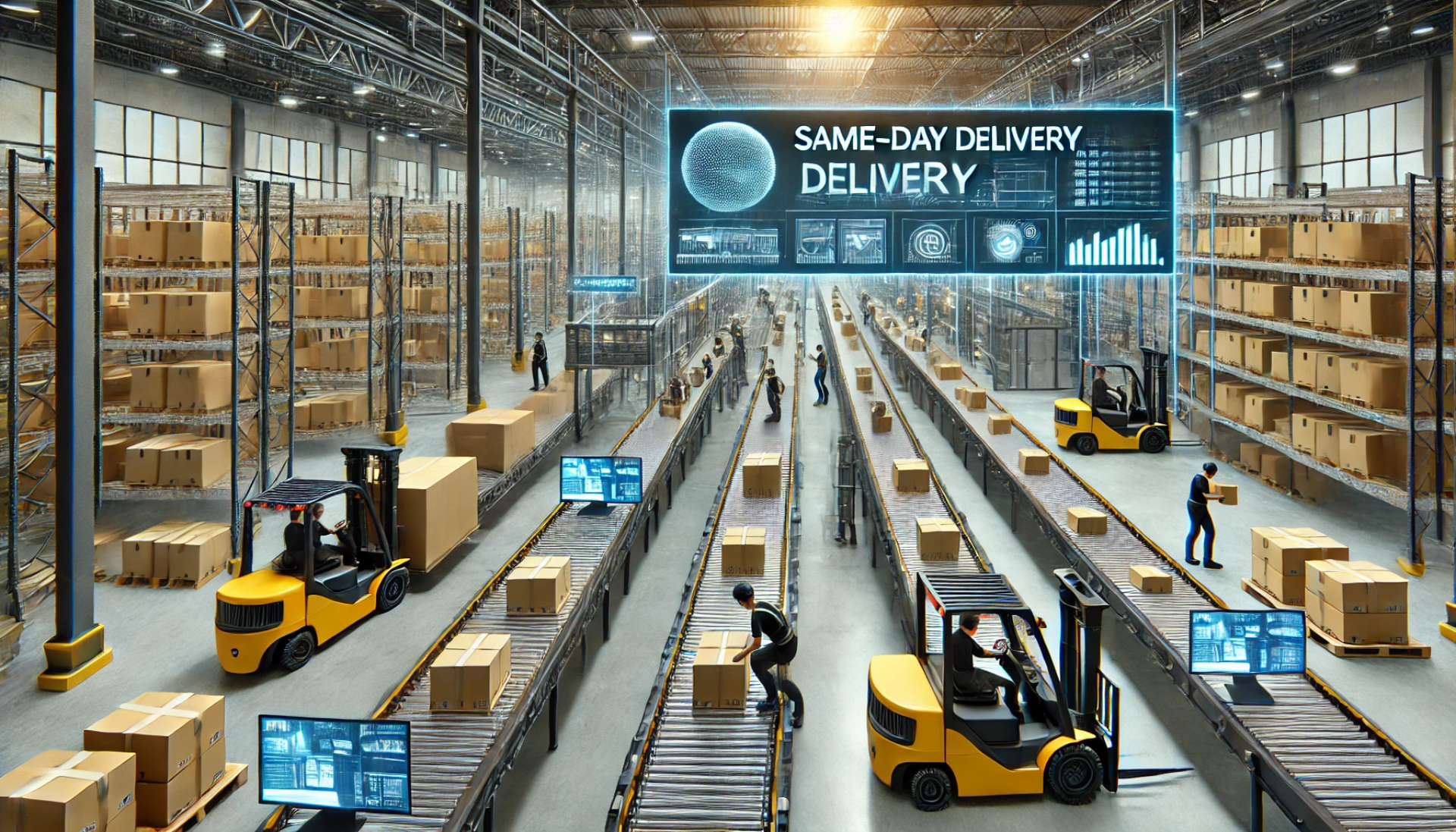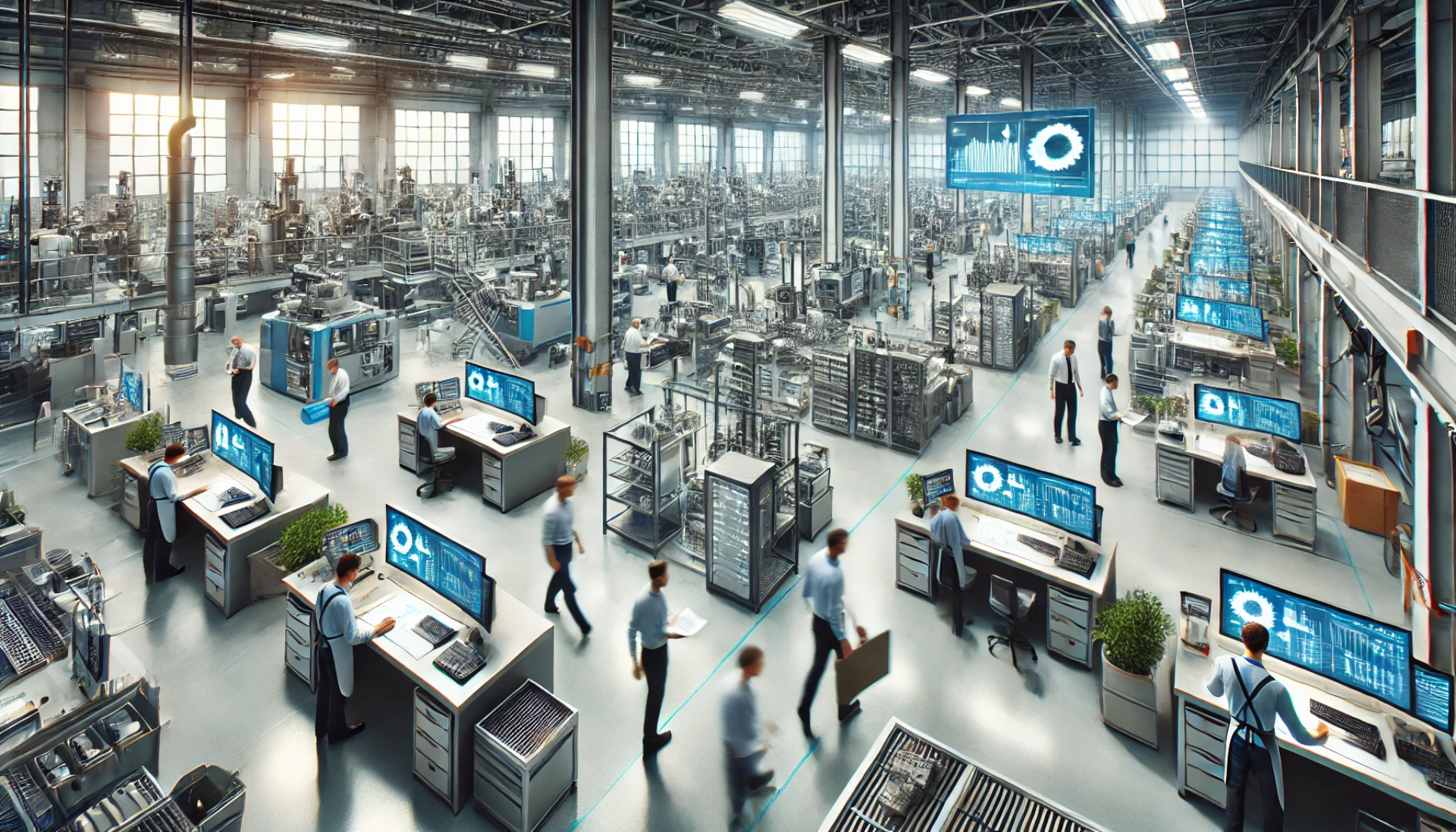Building Resilience in Your Career: How to Handle Change in an Ever-Evolving Industry
In today’s fast-paced world, industries like engineering and manufacturing are in a constant state of evolution. Technological advancements, shifts in market demand, and regulatory updates can change the landscape of your career overnight. Navigating this evolving environment can be challenging, but building resilience is the key to thriving amidst such changes. Resilience is more than just enduring difficult circumstances—it’s about adapting, growing, and finding opportunities in challenges. This guide will explore how you can build resilience and remain adaptable, ensuring you stay relevant and effective in your career, regardless of industry fluctuations.
Embrace Adaptability as a Core Skill
Adaptability is one of the most valuable skills in today’s job market. Industries that rely on innovation and technology—such as engineering and manufacturing—are particularly susceptible to rapid change. Here’s how you can develop adaptability to stay resilient in the face of industry shifts:
1. Accept Change as Part of the Job: Many people find change unsettling but recognising that change is an inherent part of modern careers can make it easier to cope. Take a proactive approach to change by identifying what you can control and adapting those aspects. Whether it’s adjusting your workflow or adopting new tools, taking control in these areas helps build confidence.
2. Look for Opportunities in Change: When change is on the horizon, instead of focusing solely on the disruption it may bring, try to identify potential opportunities. For example, new technologies might initially seem overwhelming, but they can also open doors to more efficient ways of working or even new career paths. Shifting your mindset to see change as an opportunity for growth is a powerful way to build resilience.
3. Stay Flexible in Your Approach: Being adaptable often means adjusting your strategies and being open to new methods. If a project requires you to learn a new process or technology, embrace it with a willingness to experiment and learn. Flexibility in your approach helps you pivot when necessary, making transitions smoother and less intimidating.
Commit to Continuous Learning
One of the best ways to stay resilient in any industry is to ensure your skills remain relevant. The rapid pace of technological advancement means that what’s current today might be outdated tomorrow. Here’s how to make continuous learning a regular part of your career:
1. Invest in Professional Development: Regularly updating your skills not only makes you more valuable in your current role but also prepares you for future opportunities. Look into certifications, online courses, and workshops relevant to your field. Platforms like LinkedIn Learning, Coursera, and Udacity offer courses tailored to the latest trends in engineering, manufacturing, and technology. Many of these courses are affordable, and some are even free.
2. Stay Informed About Industry Trends: Subscribe to industry-specific publications, join professional organisations, and follow thought leaders in your field. These resources provide insights into what’s coming next in your industry, from emerging technologies to shifts in market demands. Staying informed allows you to anticipate changes and prepare for them proactively.
3.
Learn from Your Peers: Networking with colleagues can be a valuable source of knowledge. Engaging with others in your industry, whether through networking events, webinars, or online forums, can provide new perspectives and ideas. These connections also give you insight into how others are adapting to industry changes, providing additional inspiration for your own resilience strategies.
Build a Strong Professional Network
Having a reliable network of colleagues, mentors, and industry contacts is essential for building resilience. In times of change, your network can offer support, advice, and sometimes even new career opportunities. Here’s how to strengthen and leverage your network:
1. Seek Mentorship: A mentor who has weathered industry changes can offer invaluable guidance on how to stay resilient. They can provide insights based on their own experiences, helping you avoid common pitfalls and giving you a better understanding of industry dynamics. Mentors can be found within your company, through professional associations, or at industry events.
2. Engage in Peer Support: Networking isn’t just about advancing your career; it’s also a source of support during challenging times. Colleagues who understand the pressures of your industry can provide reassurance and practical advice. Attend industry meetups, join LinkedIn groups, and connect with peers who face similar challenges and understand your career landscape.
3.
Expand Your Connections Strategically: Building a diverse network can provide you with a broader perspective on industry trends. Engage with people from different departments, backgrounds, or even industries. These varied connections can expose you to new ideas, helping you develop a more adaptable mindset.
Maintain a Positive, Growth-Oriented Mindset
Resilience is rooted in your mindset. The way you perceive challenges and setbacks plays a significant role in how well you adapt to change. Developing a positive, growth-oriented mindset will help you navigate disruptions with resilience:
1. Adopt a Problem-Solving Approach: Instead of viewing challenges as obstacles, see them as puzzles to be solved. This shift in perspective can make challenges feel more manageable and less overwhelming. Problem-solving is a skill that can be practiced; break down issues into smaller parts and address each one methodically.
2. Focus on What You Can Control: In times of uncertainty, it’s easy to feel overwhelmed by factors beyond your control. Focusing on actionable steps within your reach can help you feel more empowered. For example, if a new system is being implemented at work, concentrate on learning how to use it effectively, rather than worrying about the transition as a whole.
3.
Celebrate Small Wins: Resilience is built gradually. Recognise your progress, no matter how small. Every time you adapt to a new challenge or learn a new skill, take a moment to appreciate your effort. These small wins reinforce your ability to handle change, building your confidence over time.
Keep Your Career Goals Flexible
Finally, while it’s essential to have career goals, staying flexible about how you achieve them is equally important. Resilience doesn’t mean sticking rigidly to one path—it’s about adapting your journey as needed to reach your destination. Here’s how to keep your goals adaptable:
1. Regularly Re-Evaluate Your Career Path: Periodically assess your career goals and determine if they still align with industry trends. Adjusting your goals based on current circumstances can help you remain relevant and keep your options open.
2. Be Open to New Opportunities: Sometimes, resilience means embracing new directions. If you’re presented with an opportunity to work on a project outside your usual scope, consider how it might benefit your long-term career. Diversifying your experiences can lead to skill growth, making you more adaptable in future roles.
3. Prepare for Lateral Moves: In some cases, a lateral move might offer more stability and skill-building opportunities than a traditional upward promotion. Be open to roles that might broaden your skill set rather than focusing solely on moving up the career ladder.
Conclusion
In today’s fast-paced world, industries like engineering and manufacturing are in a constant state of evolution. Technological advancements, shifts in market demand, and regulatory updates can change the landscape of your career overnight. Navigating this evolving environment can be challenging, but building resilience is the key to thriving amidst such changes. Resilience is more than just enduring difficult circumstances—it’s about adapting, growing, and finding opportunities in challenges. This guide will explore how you can build resilience and remain adaptable, ensuring you stay relevant and effective in your career, regardless of industry fluctuations.











